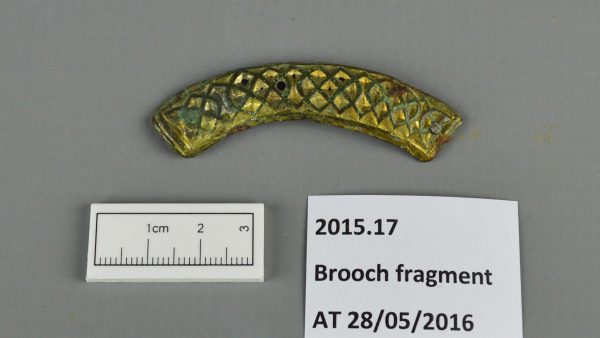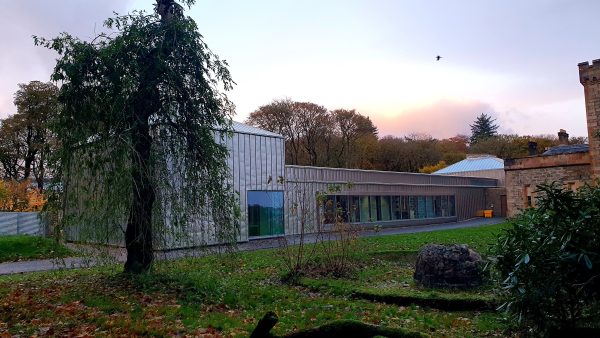
Archaeology Advice
Below you will find advice from the Outer Hebrides Archaeology Service on metal detecting in the islands, how to report stay archaeological finds you have found to Treasure Trove and what to do if you come across human remains.
Metal detecting guidance
Metal detectorists must ensure that they have the landowner’s permission prior to any metal detecting activities. It should be noted that the tenant is not the landowner. Large landowning bodies such as Forestry Commission Scotland, the Ministry of Defence the National Trust for Scotland and the Crown Estates (with the exception of the foreshore – permit necessary) do not permit any metal detecting on their land. The RSPB do not allow metal detecting on land they own or manage, unless under specific agreed circumstances.
Metal detecting on land or property owned by Comhairle nan Eilean Siar will not be permitted without prior agreement with the Comhairle Archaeology Service. Metal detecting on known archaeological monuments is not permitted. To clarify whether an area has any recorded monuments please consult the Historic Environment Record at the Comhairle Archaeology Service.
Metal detecting on or within 20 metres of a scheduled monument is a criminal offence as set out in the Ancient Monuments & Archaeological Areas Act 1979.
Metal detecting on or within 20 metres of a scheduled monument is a criminal offence as set out in the Ancient Monuments & Archaeological Areas Act 1979. Further information is available from Historic Environment Scotland.
Treasure Trove
All finds in Scotland are subject to the principles of the Scots common law bona vacantia and as such become the property of the Crown and therefore may be claimed as treasure trove. All finds should be reported to the Treasure Trove Unit. For further information about this please refer to Treasure Trove Scotland.
The Comhairle Archaeology Service would appreciate being informed of any finds and their location (including grid reference). Other points for consideration, depending on the location, include erosion and environmental laws.
The Comhairle Archaeology Service would appreciate being informed of any finds and their location (including grid reference).
Human Remains
In the event of significant archaeological material being discovered please contact the Comhairle Archaeology Service. If human remains are encountered please contact Police Scotland and then the Comhairle Archaeology Service.
Many burials, especially those dating to before the medieval period, only come to light when they are disturbed unexpectedly. If you discover what appear to be human remains, you should immediately inform the local police. Do not touch the remains and avoid disturbing the ground in their vicinity. The Police will then consult our archaeologist if they suspect the discovery is an ancient burial.
If you discover what appear to be human remains, do not touch the remains, and avoid disturbing the ground in their vicinity.
The Heritage Service is dedicated to treating all human remains with respect and dignity. Human remains that are entrusted to the Museum Service will be cared for and utilised in an ethical and socially responsible manner. Please see our Human Remains Policy for further detail.


